How to Write a Summary

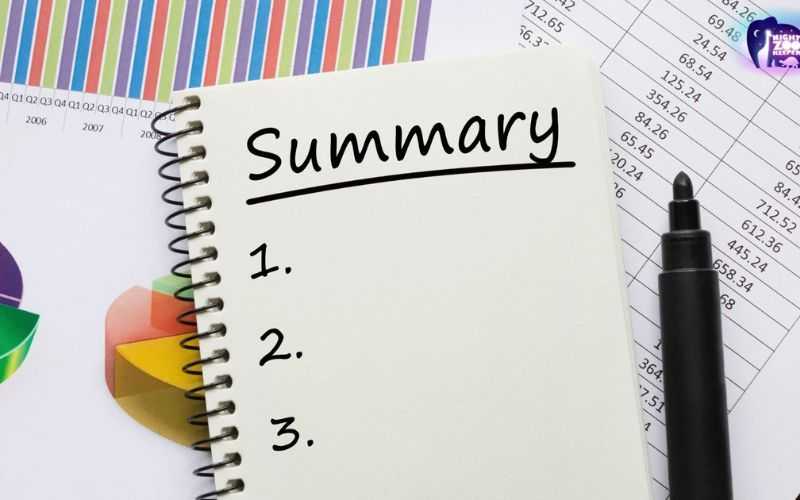
What is a summary?
A summary is a short, clear version of a longer text that highlights the main points. It can be written or visual - like a movie trailer that teases key moments without giving everything away. Some summaries give just a glimpse to spark curiosity (such as a trailer), while others cover all major events in a condensed format (such as a book synopsis).
While summaries may seem simple to write, they can be surprisingly tricky - especially for young learners. It requires a thorough understanding of the material, so it goes hand in hand with reading comprehension. Mastering this essential academic skill early on can help children become stronger, more confident writers and effective communicators.
Here are some aspects your child should consider when writing a high quality summary:
What is the purpose of this summary?
When writing a summary, your child should think of whether they wish to provide a complete overview of the piece or if they’d prefer to give their audience just enough information to prompt them to read the full version of the text. A complete overview of the full text is useful when the piece is or informative. In other contexts, sometimes it’s important not to give everything away, as it may tarnish the reader’s experience when or if they decide to read the full text. For example, leaving some major points out is key when writing a summary for a movie synopsis or a book blurb!
While the purpose of a summary may differ depending on the original piece, it should always be written with the aim to inform our readers, and tell them in one way or another, what they should expect when reading the full text.
Before writing a summary, your child should consider why they’re writing it. Do they want to:
- Provide a complete overview (useful for factual or informative texts)?
- Encourage someone to read the full story (such as book blurbs or movie synopses)?
While the purpose of a summary may differ depending on the original piece, it should always be written with the aim to inform our readers, and tell them in one way or another, what they should expect when reading the full text (or watching the full film).
Who is the target audience?
The tone and language of the summary should match the audience of the original text, and effectively “speak” directly to them, which can be tricky to achieve! For example, the summary for a funny story should use humor, whereas the summary for an informative pioece should be formal and factual.
Regardless of the theme or genre of the original piece, an effective summary will gather all the relevant information available in the text in a way that the audience understands the key points of the piece at hand.
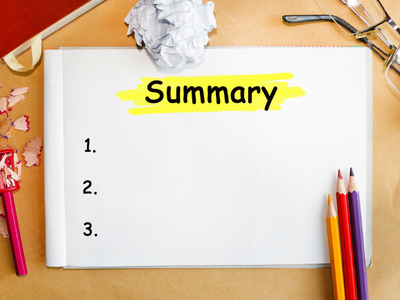
Summaries should be short, concise and direct
They’re very useful as they’ll let your child’s target audience know what the piece is about and the key events that take place, even if they know nothing about the full-length story. An effective summary, as previously explained, helps the reader understand the general idea and sometimes, major points discussed in a particular piece, therefore it’s important to stick to the facts and leave their own opinions to be discussed in greater detail in full-length pieces of writing.
Some summaries are easier to write than others. On one hand, longer work can be seen as difficult to summarize, as there are often multiple important points to be mentioned. On the other hand, summarizing a shorter text can also be tricky, as your child won’t want to give too much away! Summaries definitely take some time to get right, but once your child grasps the concept, we promise there’s no stopping them!
What makes a good summary?
Think about the key questions - who, where, when, what, why and how:
- Who is/are the character(s)?
- Where does the main action take place?
- When does the story take place?
- What is happening?
- Why is this happening?
- How is it resolved?
The last question can be optional, if the aim of the summary is to encourage the audience to read the text in order to learn what happens in the end.
Pro tip: usually, summaries are written in the present tense and may or may not include the author’s name depending on the nature of the complete text. For example, a summary for a factual/informative piece of work will likely contain the author’s name, whereas this is sometimes omitted in summaries for fictional stories.
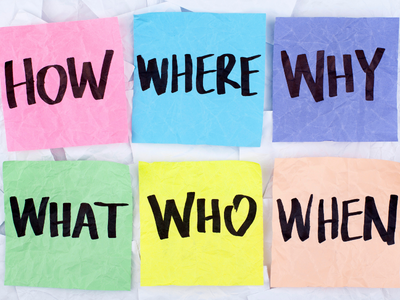
What information should be relayed to the reader?
Keep in mind that a summary should be short, clear, and focused. It must include only the most relevant information, such as key plot points in a story or main findings in a factual text. A strong summary captures the essence of the original piece while sparking interest in the full version, encouraging the audience to explore further without revealing everything.
Write in a neutral perspective
Summaries should remain neutral and avoid bias, even when your child is summarizing their own work. It’s important to remember that a summary is not a review or opinion piece - it’s a brief, objective overview meant to inform. When summarizing someone else’s writing, your child should always use their own words to avoid plagiarism, while sticking to the facts and avoiding personal opinions.
Ensure chronological order
It’s crucial that the summary follows the same chronological order as the full-length text, as the aim is to provide the audience with a clear overview of the main points that take place. Changing the order of these events will result in some confusion and maybe even give the reader the wrong impression.
Remove all unnecessary information.
Editing is essential when writing a summary. Encourage your child to review their work carefully, trimming any information that isn’t crucial to the main plot or message, such as detailed setting descriptions or minor subplots. A good tip is to identify topic sentences in each paragraph to help pinpoint the most important themes.
The points included should align with the summary’s goal: to inform or to intrigue. If it’s meant to entice readers, some details (especially the ending!) should be left out. If it’s informative, accuracy and clarity are key!
In "summary"...

After these tips and tricks, your child will have a better understanding of how to write summaries and why they are so important. To learn even more about different writing styles, our writing program can help your children learn about opinion writing, informative writing, narrative writing, and much more.
Sign up today to get a FREE 7-day trial!
Got any questions? Reach out to us via email at [email protected]. For more tips and activities, follow us on social media:
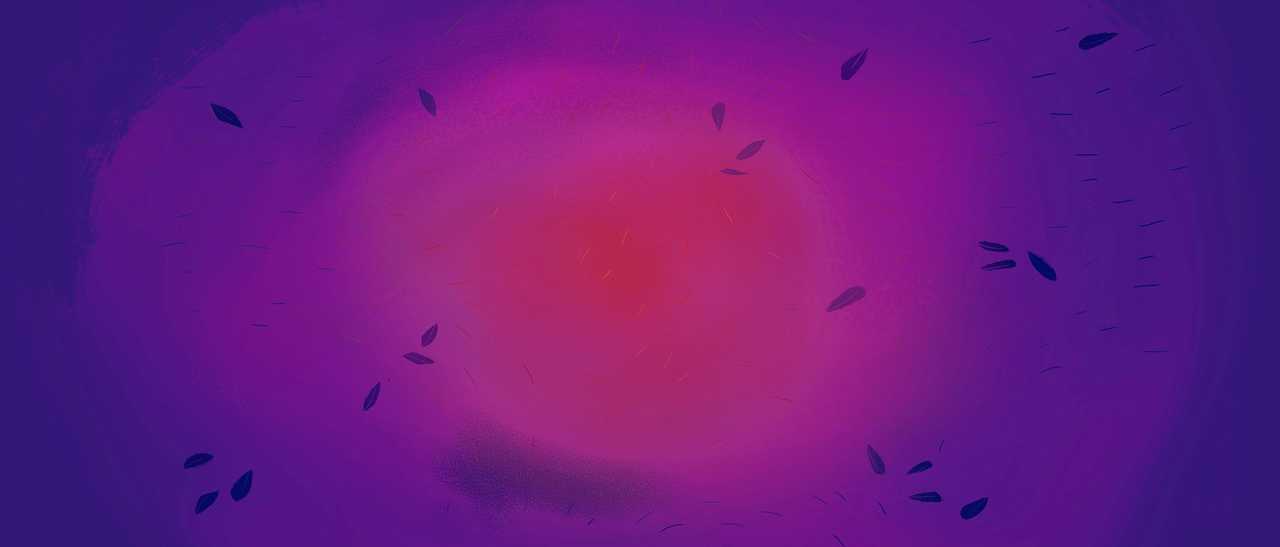

Make Reading & Writing Fantastically Fun!
- Award-winning reading & writing program for kids
- Improves spelling, grammar, punctuation & vocabulary
- Over 1,000 different learning games and activities
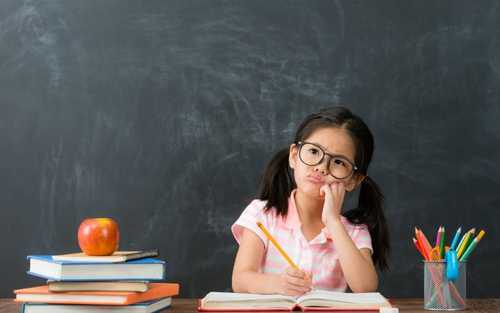

“My child hates writing.” What do I do?
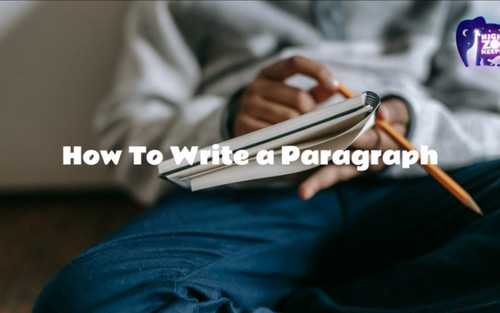

How to Write a Paragraph
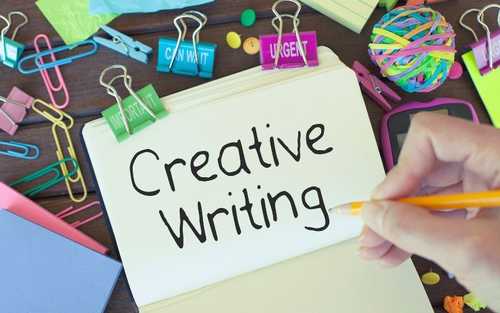

Creative Writing for Kids: A Step-By-Step Guide to Writing a Story


